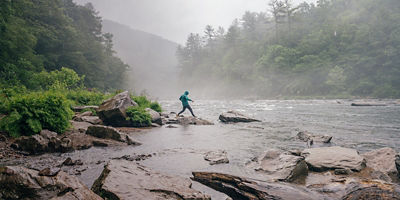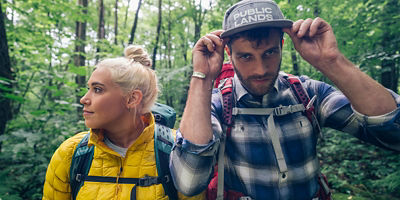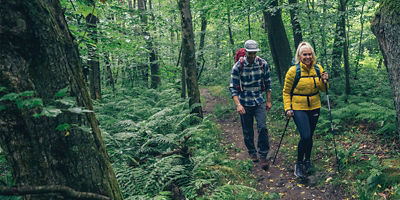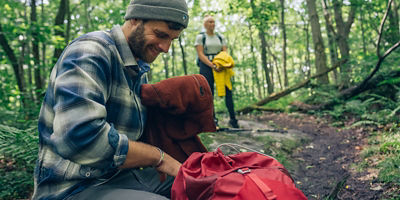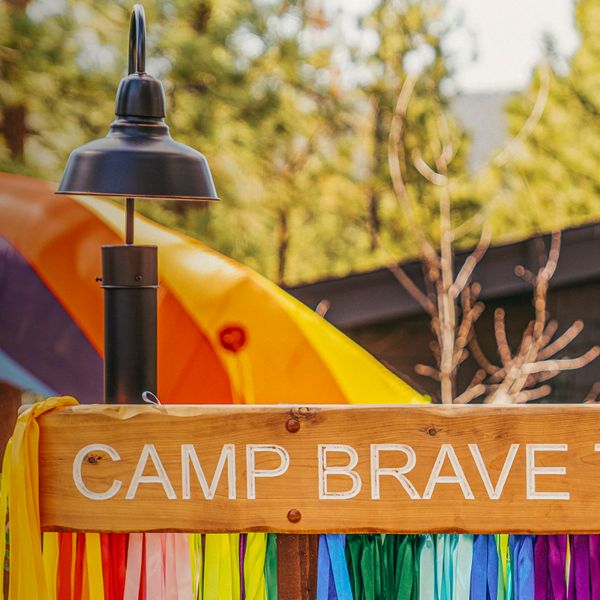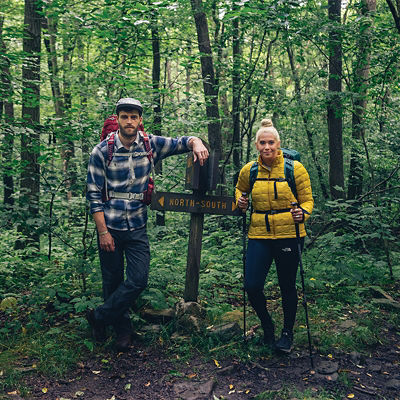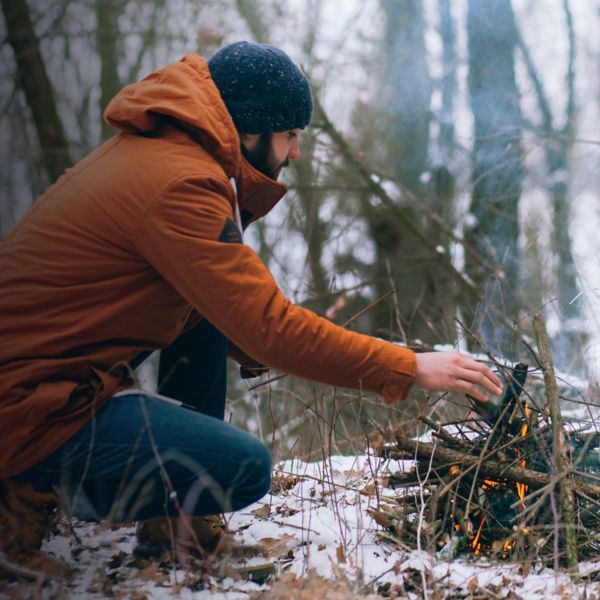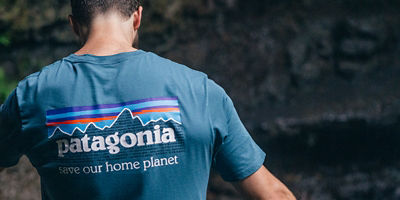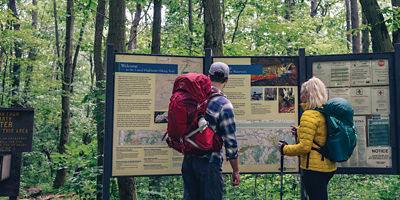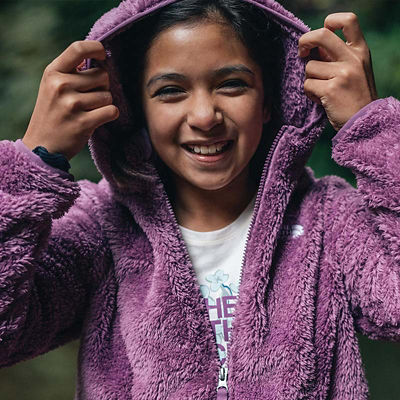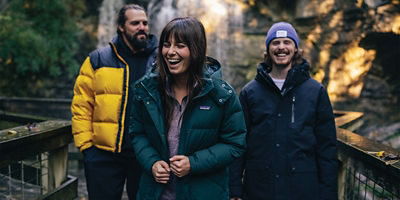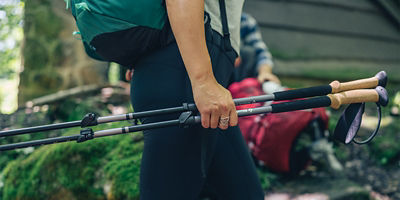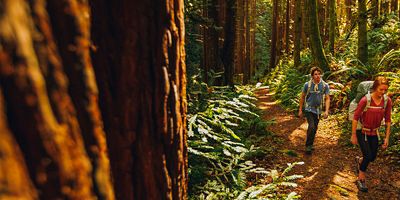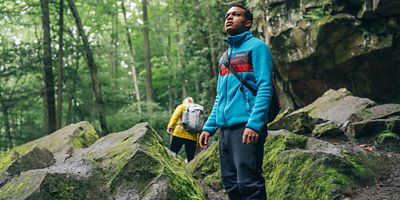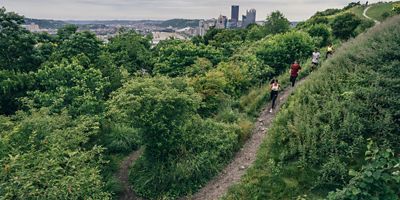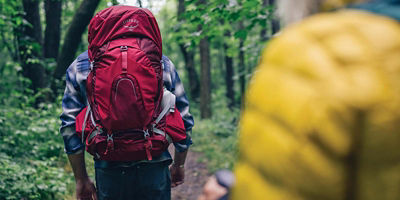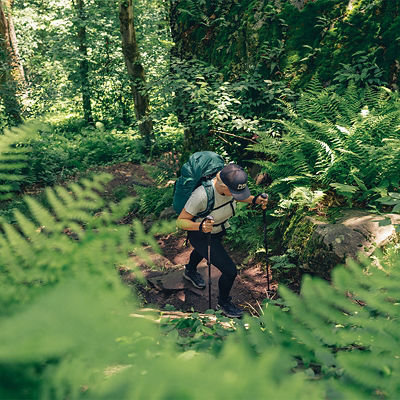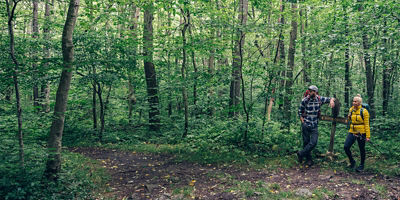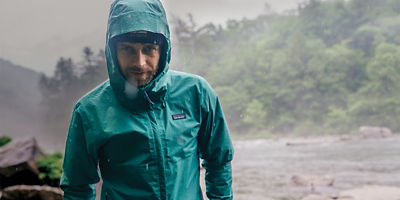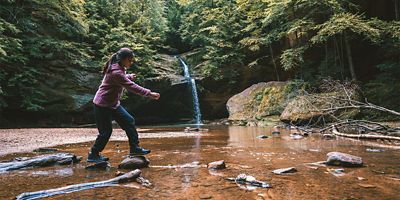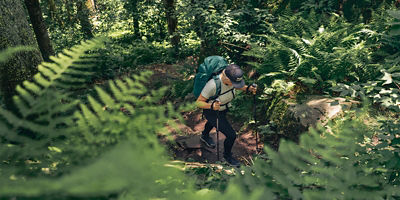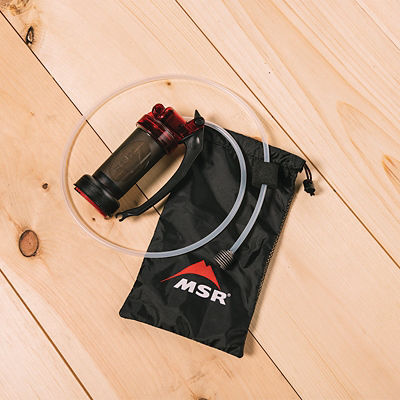
Maybe you’ve been on trails before where you noticed a little spot painted on a tree and wondered about it. Or, you’ve seen a pile of neatly stacked rocks—called a cairn—but didn’t think much about why it was there. Or maybe you know perfectly well what those two things have in common, and what they mean. They’re trail markers, and they’re important.
Yes, trails have the good old-fashioned signs that say the trail’s name, sometimes the distance of the trail, and if you’re lucky, a map. But trail signs are usually just at trailheads and occasionally at trail junctions. So how do you know where to go when there isn’t a trail sign, especially when you’re at a juncture (or what looks like a juncture), and a faint trail goes off in one direction or worse, two, in addition to what you think is the main trail?
In those circumstances, look around. Look on trees for painted spots, called “blazes,” and on the ground for cairns—those weirdly, neatly stacked rocks that look like they took someone hours to balance. Here’s how to identify and interpret both.
Blazes
Not every trail is “blazed,” but the ones that are can be easy to follow…and fun, like a treasure hunt, if you know what you’re looking for. The Continental Divide Trail, for instance, is marked by aluminum markers with a blue, white and black CDT logo (a different kind of blaze than paint). The Pacific Crest Trail is blazed with PCT signs on trees. The Appalachian Trail is blazed by a white rectangle that’s roughly 2 inches wide and 6 inches long. Shorter trails that spur off the Appalachian Trail are marked by blue blazes.
Aside from the major trails that go on for hundreds of miles, some shorter trails are also marked by blazes. Those are most often found in trail networks used for Nordic skiing and mountain biking. The blazes are easy to spot, up at or above eye-level on trees, so that people skiing or riding by can spot them quickly and stay on the route they intended to ride or ski. Hikers and trail runners can make use of them, too. One trail loop in a Nordic or mountain biking area will have the same-colored blaze throughout the loop. Blazes will appear, most often, at trail junctures to keep you on the path intended.


